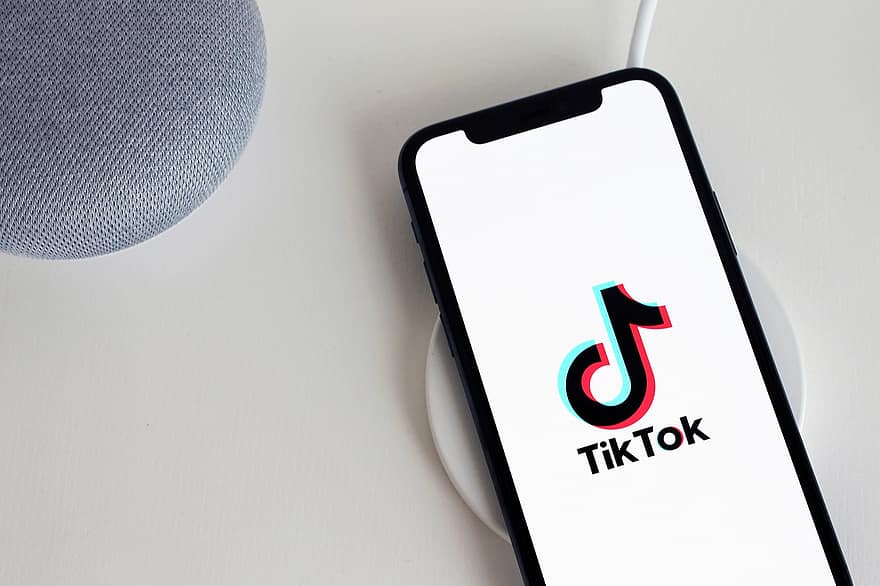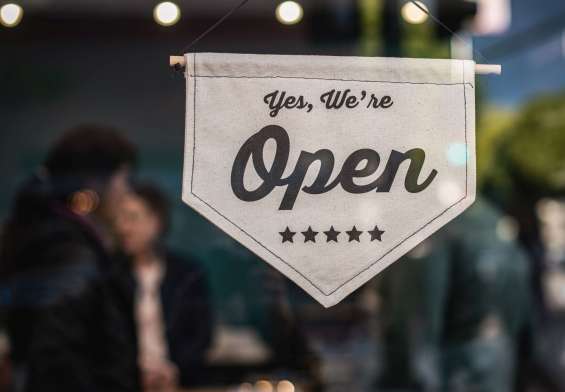TikTok recently cemented its status as one of the world’s most popular apps when it incurred the wrath of Donald Trump after users did their best to undermine one of his campaign rallies. Subsequently, President Trump tried to force the brand’s sale to a U.S. company and then forbid U.S. firms from doing business with it. Nonetheless, the incident only increased TikTok’s visibility and made it a force to be reckoned with on the social media landscape.
It all started when TikTok users enjoined followers to register for the free tickets for Trump’s mid-June rally in Tulsa, Oklahoma only to remain home on the day of the event. Naturally, Trump retaliated by threatening to ban the Chinese-owned app from operating in the United States unless its parent company agreed to sell it. TikTok didn’t really need the added publicity from our commander-in-chief, however. The already popular video-sharing app got an added boost this year from younger people stuck at home during coronavirus-imposed lockdowns.
What Is TikTok?
TikTok is a short-form video streaming and sharing app that has only been in the U.S. since August of 2018. The app was called Musical.ly until it was bought by the Chinese company ByteDance. As a result, any content and accounts on Musical.ly were automatically moved over to the new TikTok app.
With videos limited to 15 seconds, the app allows users, or creators as they are known, to make videos with easy-to-use editing, music and filter features. The TikTok app also boasts a wide selection of song snippets and sounds from which creators can choose; it also has the option to add videos created on your phone. For this reason, people often wind up lip-syncing to their favorite artists to make funny or entertaining videos that go viral. By adding some features to the Musical.ly app, it has become a video-sharing social network.
TikTok’s Explosive Growth
When TikTok had over 100 million downloads from the Apple App store in 2018, it was clear that this app had staying power. A couple of years later it is now available in over 150 markets and in 75 languages with over 800 million active monthly users. What is all the more remarkable is how popular it has become outside of China. Indeed, it was the most downloaded app in the U.S. this past January. India, however, leads the pack with over 600 million downloads, which amounts to 30 percent of the app’s total global downloads.
Why Should Social Media Marketers Pay Attention?
TikTok appeals to a younger demographic with approximately two-thirds of its users under 30 and forty percent of users aged between 16 and 24. Clearly, the many teen and college-age users make it an ideal platform for any brand looking for more exposure to this valuable audience.
How Can Brands Leverage TikTok’s Popularity?
Due to its rapid growth, brands are starting to become aware of TikTok’s potential as a social media marketing channel. Essentially, there are three main ways companies can promote their brand on TikTok.
- Create their own channel and upload targeted videos through their channel
One of the best ways to engage users with your brand is through hashtag challenges. TiktTok users love a challenge and will often respond by uploading their own videos. Many brands have already used TikTok challenges and contests to get users to create brand-related content. In September of 2018, for instance, Guess asked all US-based TikTok creators to try their #InMyDenim hashtag challenge. It egged on users to create videos wearing denim and using the hashtage. Incidentally, this was the beginning of TikTok’s brand partnerships in the U.S. - Work with influencers to capture a wider audience
Brands can also work with TikTok influencers to create brand-specific promotional content. Similar to influencer marketing on other social media channels, it must still adhere to the 15-second TikTok video format. One of the main advantages of influencer marketing is that one out of three customers trust an influencer’s opinion over what a brand says. - Pay to advertise with TikTok’s new campaign options
Their advertising model is still in the early stages, but it’s bound to become more popular in the months and years ahead.
Most brands opt for a mix of having their own channel and using influencers to get their message to a wider audience. What’s unique is how Tiktok has tapped into Generation Z’s urge to be involved with content instead of passively consuming it.
For this reason, the immersive experience of customers sharing videos interacting with a brand’s products represents a far greater return on investment than traditional broadcast advertising on TV.
What really separates TikTok from many of the established social media channels is that it is an entertainment platform instead of a lifestyle platform. Furthermore, nearly anyone can become a content creator because of how simple the app is to use. As a result, content creators around the world have gravitated to its user-friendly format. Moreover, marketers need to take notice because it offers a refreshing new way for brands to expand their reach. TikTok’s emphasis on personalized, interactive content is ripe for social media marketers looking for another platform to reach their target audience.





